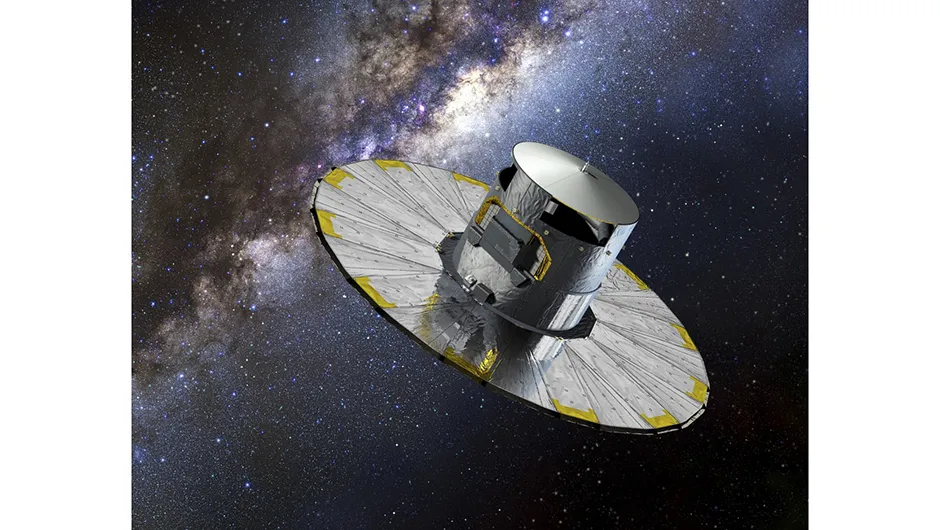The Milky Way was involved in a head-on collision with a smaller dwarf galaxy early in its history, an event that reshaped our Galaxy’s structure, according to a new study.
Using data from the Gaia mission, astronomers have calculated that the collision occurred about eight to 10 billion years ago, and that the dwarf galaxy was smashed to pieces in the event.
The wreckage left stars moving in long, narrow orbits throughout the Milky Way, leading them to be dubbed ‘sausage stars’ by the team behind the study.
Data for this discovery came from the Gaia satellite, which is currently creating a 3D map of the stars in our Galaxy.
“We plotted the velocities of the stars, and the sausage shape just jumped out at us,” says Wyn Evans of Cambridge University.
“As the smaller galaxy broke up, its stars were thrown onto very radial orbits.
These sausage stars are what’s left of the last major merger of the Milky Way.”

The ‘sausage galaxy’ involved in the collision had a mass over ten billion times the mass of our Sun.
During the crash, the Milky Way’s disc may have been fractured, and may have regrown since then.
The debris is thought to have created the bulge at our Galaxy’s centre and its surrounding ‘stellar halo’.
The study also identified eight globular clusters that could have been pushed into the Milky Way by the collision.
